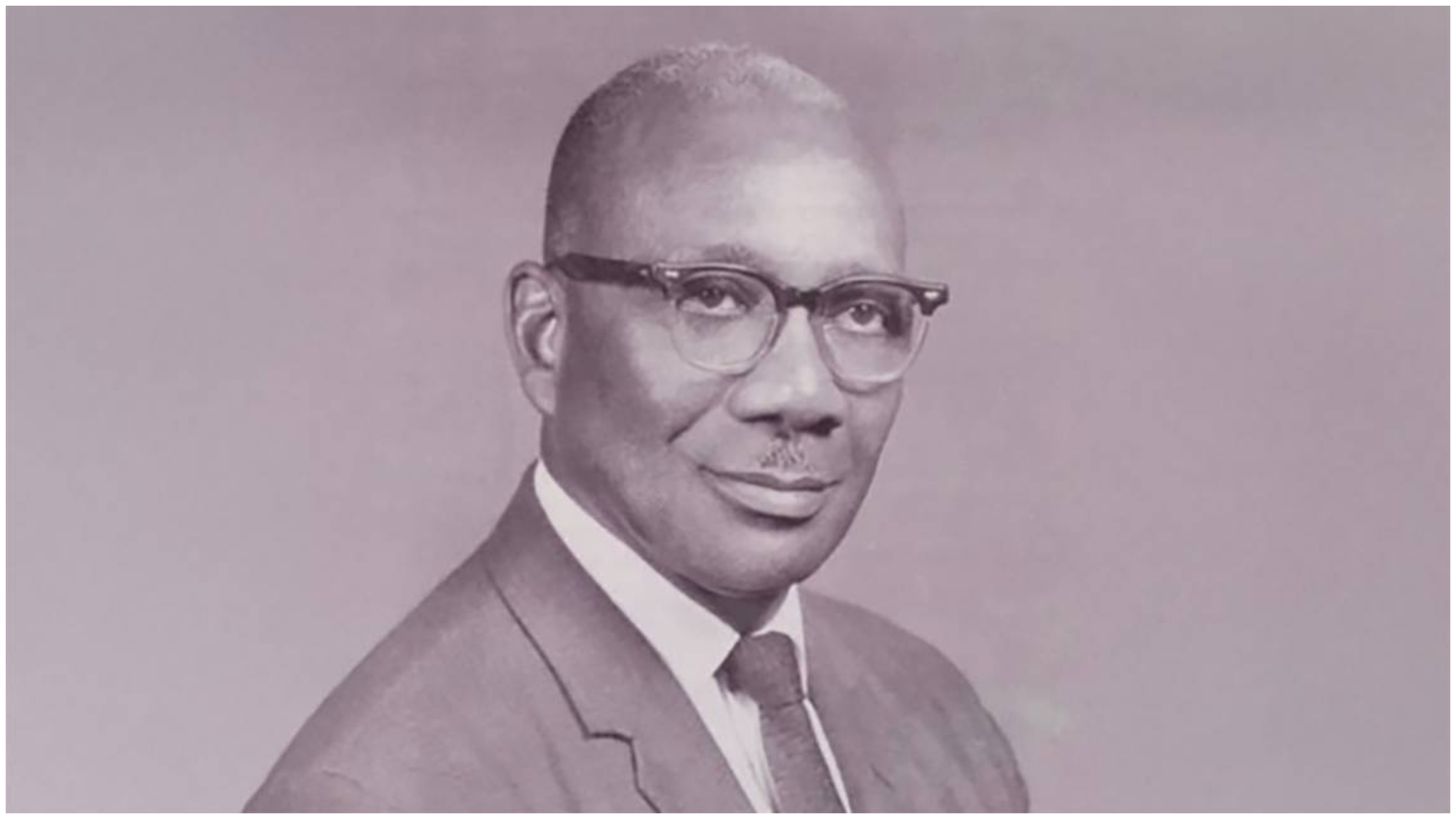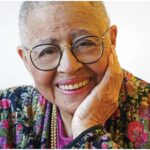A piece of Miami’s civil rights history is being preserved as the former law office of Judge Lawson E. Thomas transforms into a cultural landmark. The pioneering attorney, who became the first Black judge in the American South since Reconstruction, will have his Overtown office converted into an art gallery showcasing the neighborhood’s rich history.
The $375,000 renovation project by the Southeast Overtown/Park West Community Redevelopment Agency (CRA) has restored the 1936 building that had fallen into disrepair. Scheduled to open this spring, the gallery will first feature “Sepia Vernacular,” an exhibit of 80 historical photographs documenting Overtown life from the 1920s-1950s.
A Legal Pioneer’s Legacy
Judge Thomas made history in 1950 when appointed to Miami’s segregated Black municipal court. His appointment marked the first time since Reconstruction that a Black jurist served in the South. Before becoming a judge, Thomas fought landmark civil rights cases from this very office.
“He was highly intelligent but extremely sensitive to the racism that was going on at the time,” recalled his son John Thomas, 65. The younger Thomas remembers visiting his father’s office as a child, where the attorney prepared cases challenging segregation and fighting for equal education.
Preserving Overtown’s History
The gallery project aims to reconnect Overtown residents with their community’s past. The opening exhibit features rediscovered municipal photos originally taken for tax assessment purposes. These images capture everyday life in what was once called “Colored Town” during the early 20th century.
“We wanted to bring it closer to the community so residents who grew up here can access these historical photos,” explained Natalya Sangster, the CRA’s operations director. The building’s restoration addressed significant structural issues including moisture damage and facade deterioration.
From Courtroom Battles to Beach Access
Thomas’s legal career broke multiple color barriers. He became the first Black lawyer to represent a client in Miami courtrooms, despite facing violent racism from court officers. His most famous cases involved the 1940s “wade-in” protests that desegregated South Florida beaches.
The attorney’s strategic legal work helped establish Virginia Key Beach as Miami’s first public beach for Black residents. He also fought for equal education opportunities for Black students throughout Broward County during the Jim Crow era.
A Lasting Impact
The gallery represents more than just preserving a building—it’s about maintaining cultural memory. “We feel it’s our obligation to maintain our history so kids can see where they come from,” said CRA President James McQueen. The downtown Miami courthouse has borne Thomas’s name since 2000.
John Thomas reflected on his father’s enduring significance: “Our history will never go away…we are what America is all about.” The gallery will serve as both art space and community center, ensuring Judge Thomas’s groundbreaking legacy continues inspiring new generations.





